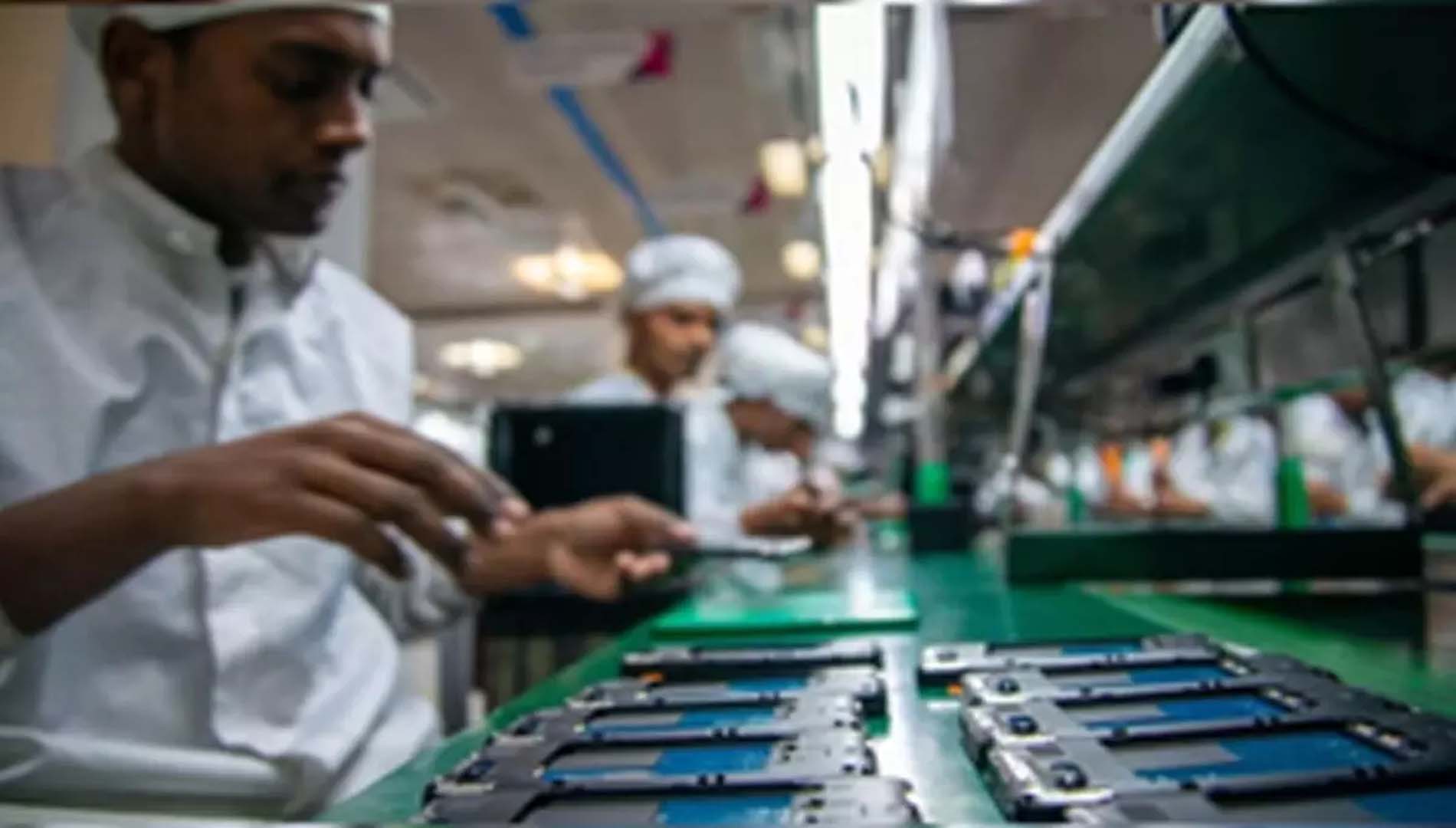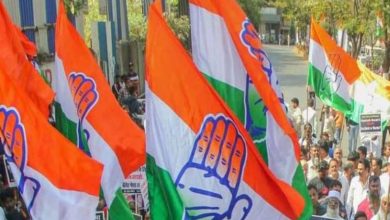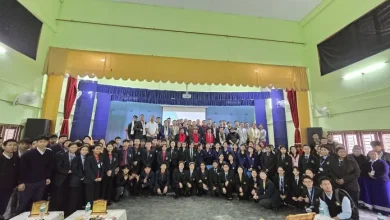White Paper on Economy: Created an ecosystem for local manufacturing, ease of doing biz

New Delhi: As local manufacturing of various products, led by electronics, breaks all previous records, the Narendra Modi government has created an ecosystem through comprehensive measures undertaken both in the manufacturing as well as foreign trade space, the ‘White Paper on Economy’ said on Thursday. The UPA government’s term was replete with examples of decision stasis, it said.
MHA decides to scrap Free Movement Regime between India and Myanmar ADVERTISEMENT The Cabinet Secretary noted in 2013: “Many large projects both in the public sector as well as the private sector, especially in infrastructure and manufacturing sectors, have been held up for investment on account of delays in obtaining various approvals/clearances”, it said. Since the time the Modi government assumed power in 2014, the Indian economy has undergone many structural reforms that have strengthened the macroeconomic fundamentals of the economy.
What Sitharaman’s White Paper says on UPA era’s ‘fragile’ economy: Key highlights ADVERTISEMENT “The government’s economic policy focus has been committed to undoing the damage of the previous decade and restoring India’s growth… facilitating economic activity by easing conditions for business, and massively augmenting physical and digital infrastructure to enhance India’s connectivity and, thus, the competitiveness of its manufacturing sector,” the document emphasised.
UPA policy paralysis crippled power, telecom sectors: White Paper ADVERTISEMENT With this vision to guide its policies, the government has undertaken diverse reforms to restore and enhance the potential of the economy by creating a business-friendly environment, improving ease of living, and strengthening the governance systems and processes. The mobile phone manufacturing has increased from an estimated Rs 18,900 crore in 2014-15 to an estimated Rs 3,50,000 crore in 2022-23, making an impressive increase in production by more than 1,700 per cent
White Paper on Economy: Govt used tech as vehicle of social empowerment via JAM Trinity According to Minister of State for Electronics and IT, Rajeev Chandrasekhar, from almost insignificant in the global electronics supply chain, India is currently rapidly becoming a significant and trusted player in the electronics global value chain (GVC). “To transform our domestic manufacturing from import substitution to export-led manufacturing, the government has reduced the basic customs duty (BCD) to 10 per cent (from 15 per cent) on the goods covered under mechanics, die-cut parts and others category for use in the manufacturing of mobile phones,” the minister informed the Parliament in reply to a question on Wednesday.
India has become the second largest manufacturer of mobile phones in the world (in volume terms). “The export of mobile phones has also increased from an estimated Rs 1,566 crore in 2014-15 to an estimated Rs 90,000 crore in 2022-23, making an impressive increase in exports by more than 5,600 per cent,” according to the government. The government has an ambitious target of domestic electronic manufacturing of $300 billion by 2026. After the success of the PLI scheme for mobile phones, the government is expecting that PLI for IT hardware and server will lead to expanding the investments in the component ecosystem in the country to develop the supply chain.





